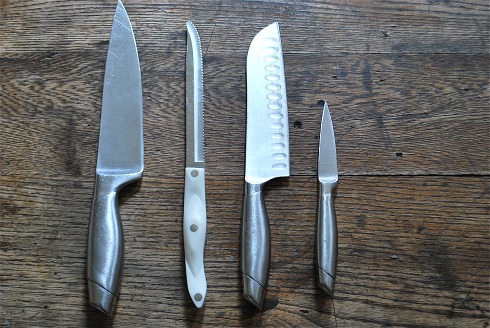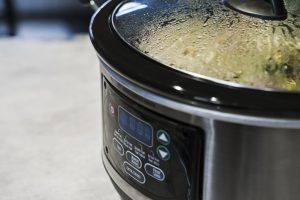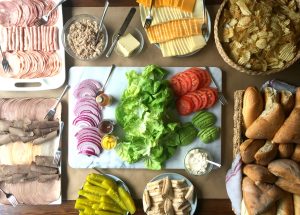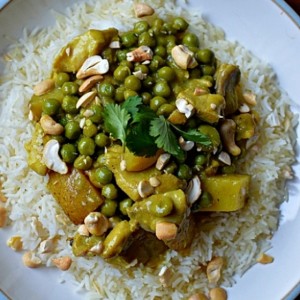Back-to-School: Knife Skills

Seeing that back-to-school is starting to seep into our minds these days, I thought it would be fun to do a ‘cooking school’ post. We can all use a little culinary refresher once in a while, and what better place to start than with our knife skills.
One of the first things taught in any chef-training program, knife skills are an essential tool for anyone who spends time in the kitchen. And knowing which knives you should keep on hand is just as important as knowing how to use them
I have many knives in my kitchen, but the four I use most often are the paring, chef, santoku and serrated.
The Paring Knife—Use this for task’s when a chef’s knife is too large. Can be used to slice strawberries or dice shallots.
The Chef’s Knife—8–10” in length, a chef’s knife is good for almost anything you need to do in the kitchen including mincing herbs, slicing fruits, chopping vegetables and cutting meats and fish.
The Santoku Knife—This is an all-purpose favourite which can be used as an alternative to a chef’s knife. Chop, dice and mince with a Santoku, a Japanese-designed knife meant for cutting meat, fruit and vegetables. Slightly smaller than a chef’s knife, the Santoku is quickly becoming a favourite for the home cook.
The Serrated Knife—Otherwise known as a bread knife, this one makes for easy slicing of breads and hard-skinned foods like tomatoes.
This summer, I’ve been using my chef’s knife to remove corn from the cob. Normally a messy job, I once read that if you rest the cob on the middle hole of a bundt pan and shimmy the knife along the corn in a downward motion, the kernels will fall down and pool in the bottom of the cake pan. I tried it, it works brilliantly and I’ve never done it any other way since.
Which knives are essential in your home kitchen?














